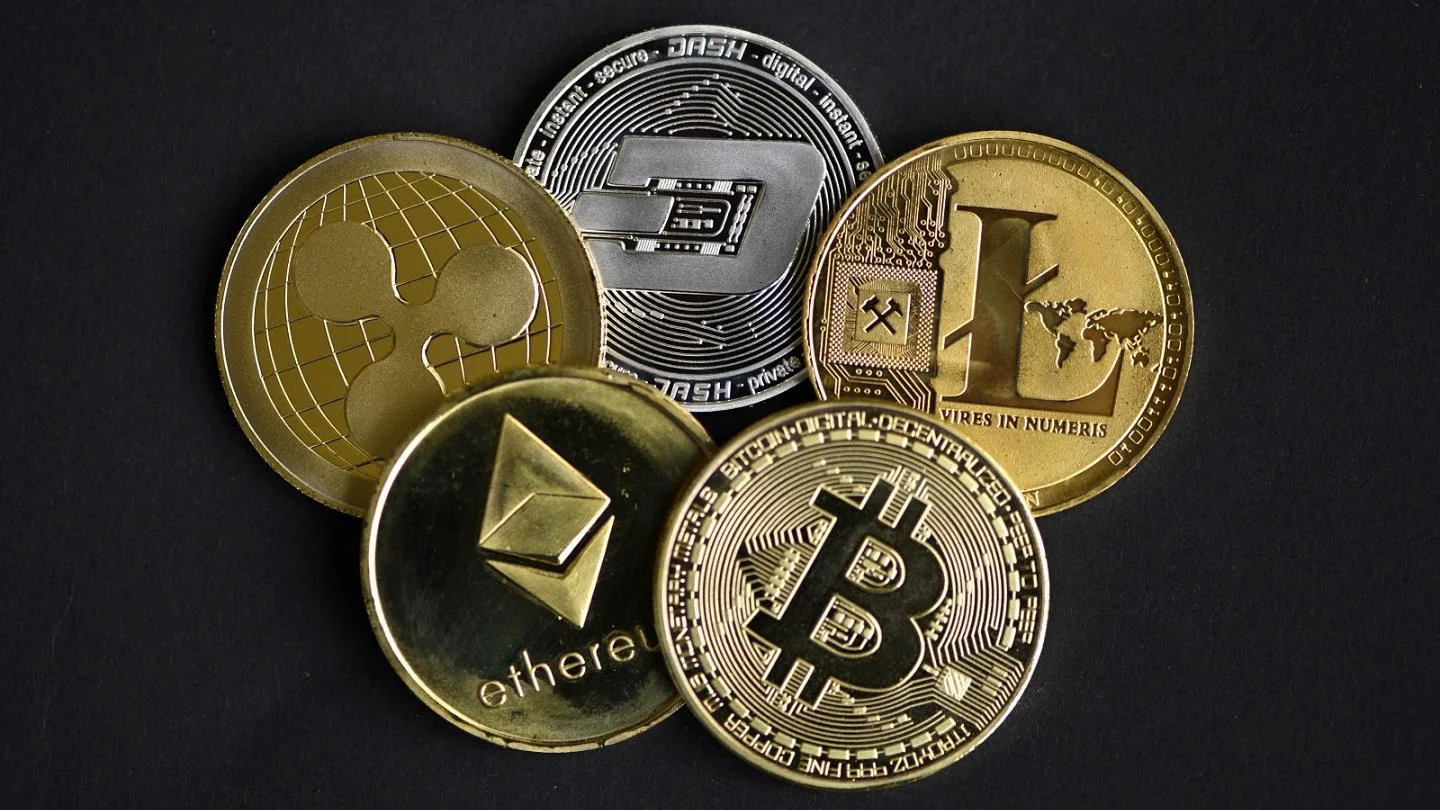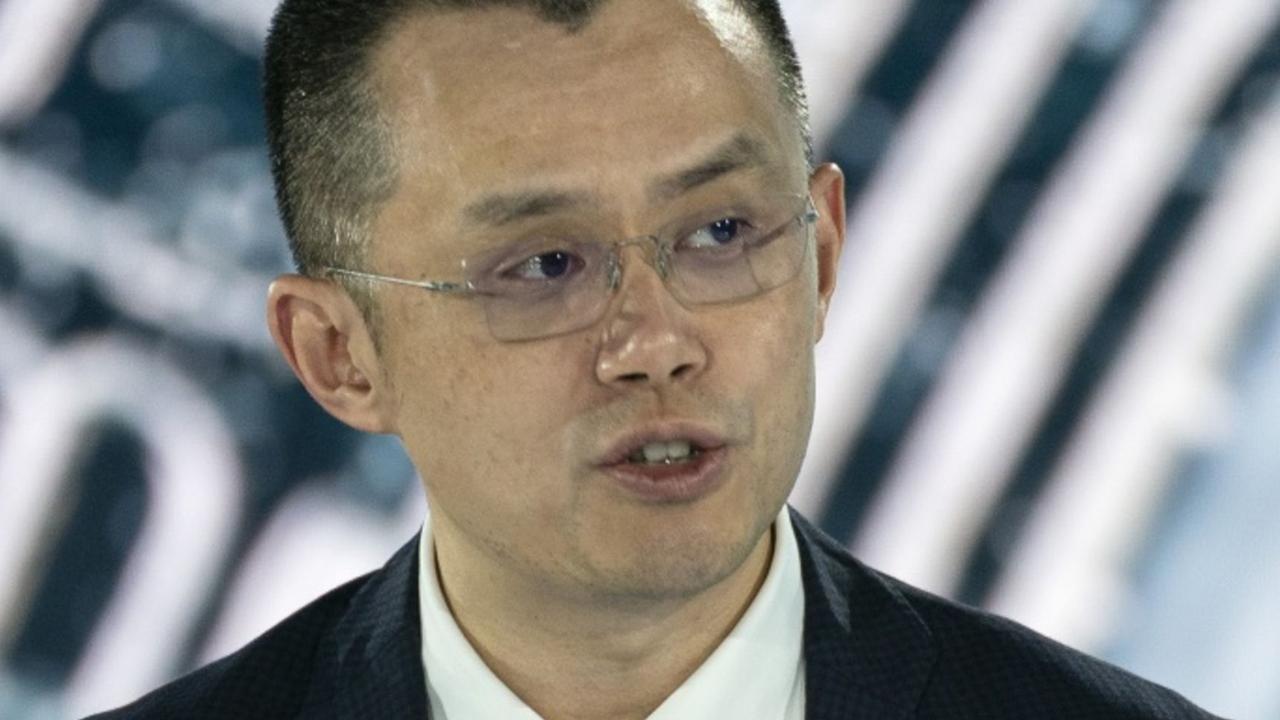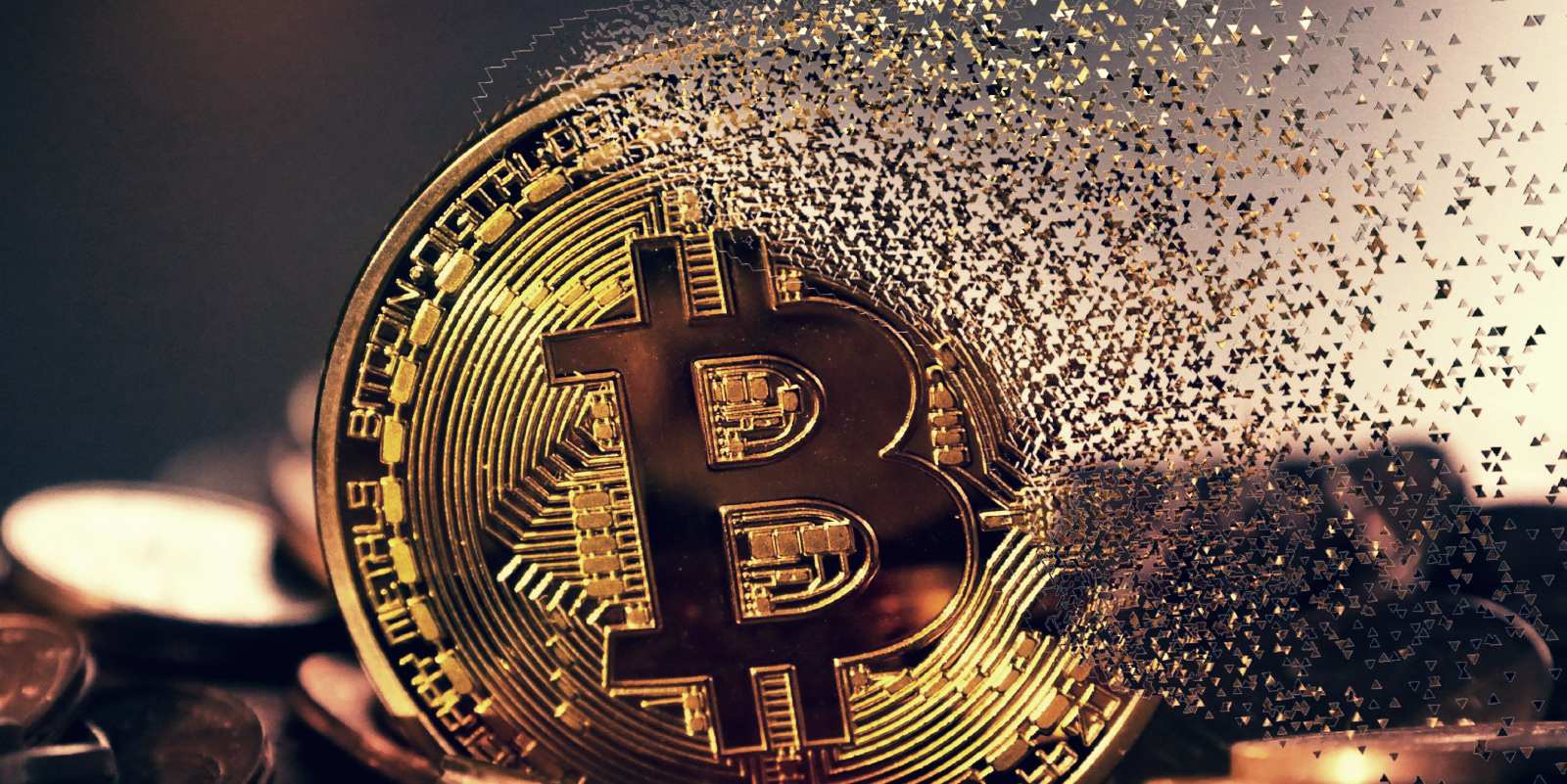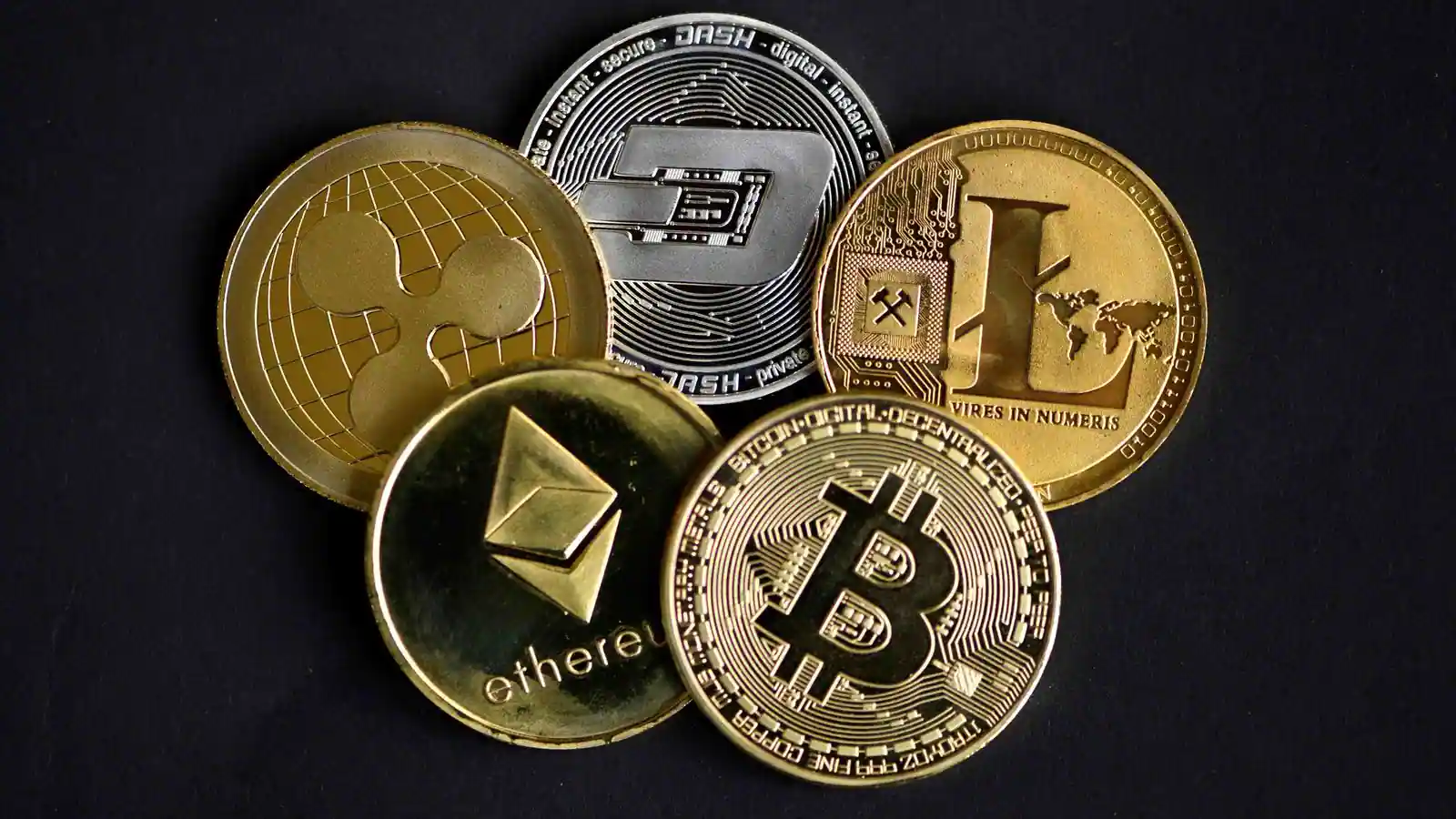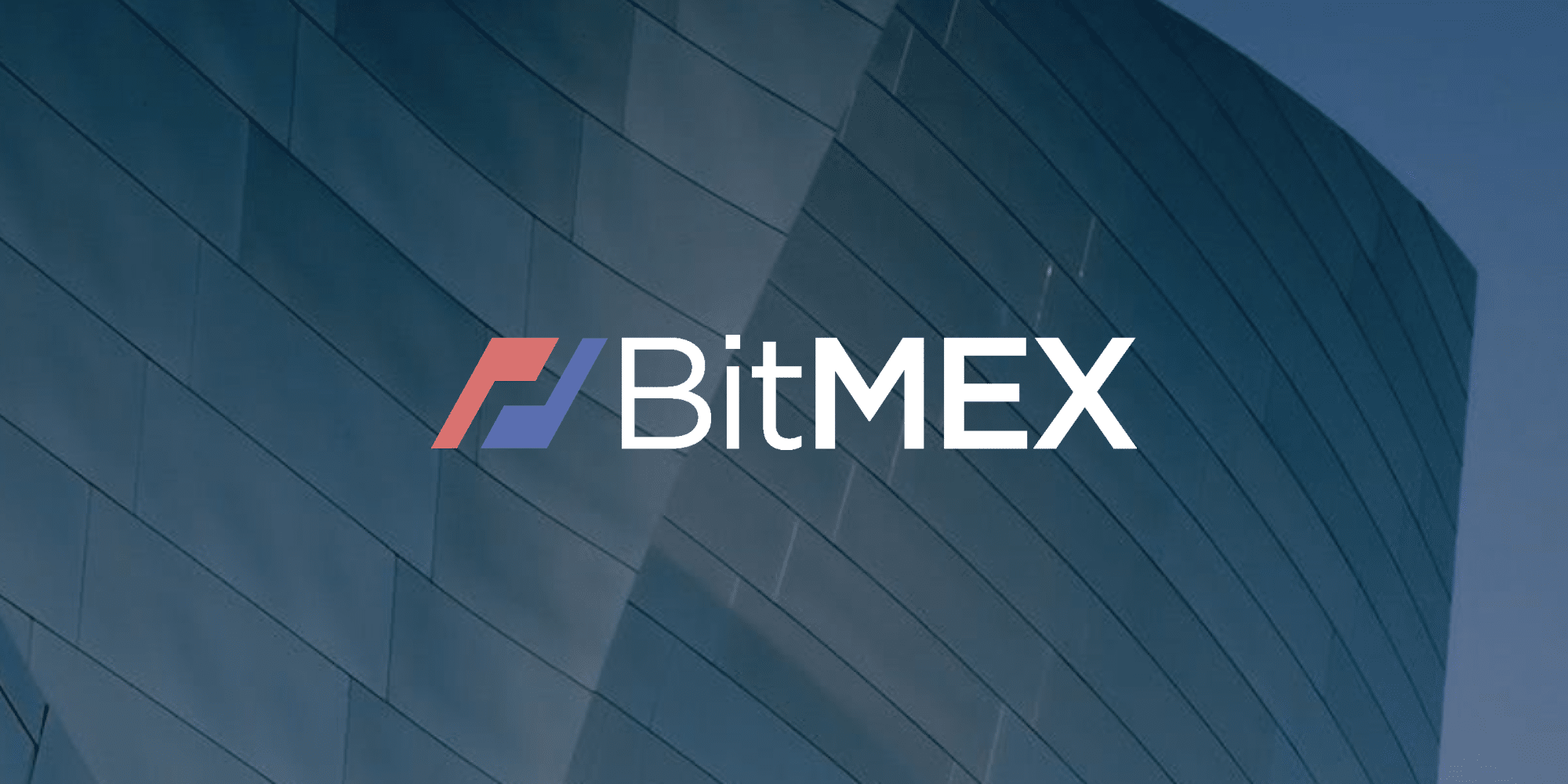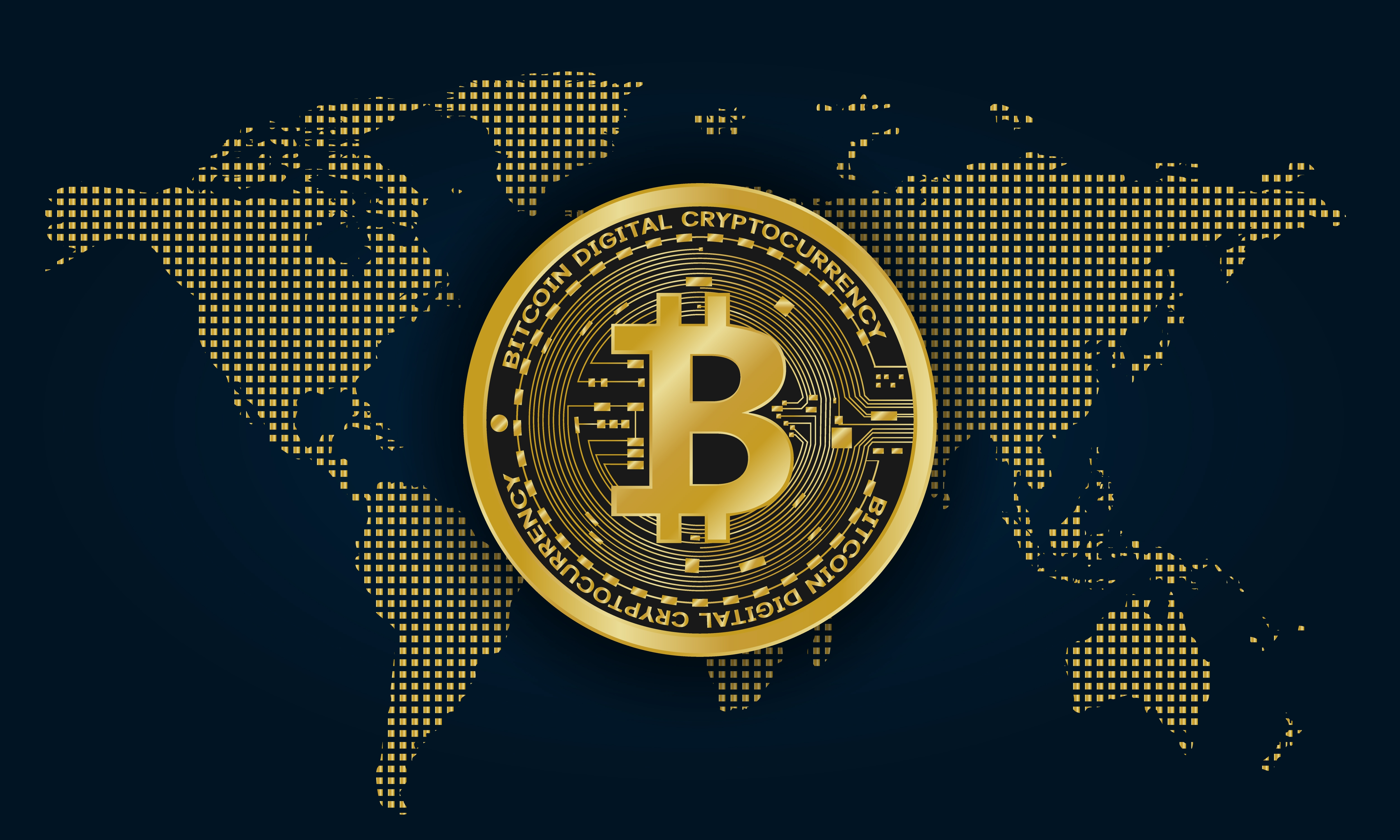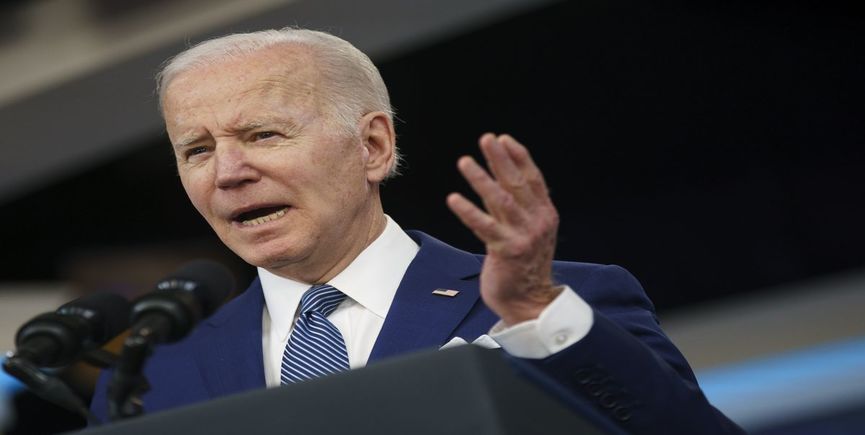
- December 12, 2021
Which country has seen the biggest Non-Fungible Token (NFT) adoption?
Non-fungible tokens (NFTs) have exploded in popularity as a result of cryptocurrency's remarkable growth over the previous two years, with buyers and sellers confident about how well it will continue to grow.
With recent data showing total sales volume soaring over $12 billion, adoption is slowly gaining traction among internet users. Sales increased by 60 times in three and a half years, from $41 million in 2018 to $2.5 billion in the first half of 2021.
While many people are still confused about what NFTs are and how they function, other countries have either adopted them or are showing signs of adopting them.
Global NFT adoption outlook
With a few countries exhibiting signs of opening up to NFTs and a smaller number holding or even having enough knowledge of NFTs, the future for NFT adoption is extremely positive. The Republic of San Marino has adopted NFT COVID-19 vaccination passports, which is an innovative approach to NFT adoption. The tokens will aid in the authentication of papers and the reduction of counterfeits.
However, according to the Finder's survey, an average of 66 percent of individuals around the world have no idea what an NFT is. In the United States, 70.6 percent of people are unaware about NFTs, whereas 90 percent of Japanese people are unaware of digital assets.
The fact that NFTs have thrived despite their lack of general adoption, let alone recognition, suggests that bigger things are on the way. When countries like the United States, the United Kingdom, and Japan haven't even heard of NFTs, let alone started buying and trading them, future growth might be massive.
Major drivers of NFT adoption
NFTs rose to prominence in October 2017 with the introduction of CryptoPunks, the world's first rare digital art marketplace, and hasn't looked back since.
The main drivers of NFT adoption aren't all that far-fetched. Rarity is a metric that indicates how difficult it is to locate a given NFT. A nice example of rarity is one-of-a-kind artwork from a well-known digital artist or an NFT developed by a well-known celebrity.
NFT adoption is also influenced by celebrity. Platforms like Ethernity began generating limited-edition NFTs by artists and personalities as celebrities and influencers entered the industry.
Lindsay Lohan, a Hollywood actress, sold her first NFT on February 15 for $57,290. The debut NFT of Bollywood megastar Amitabh Bachchan drew the biggest ever bidding of its kind in the country, potentially igniting a wave of interest in digital assets.
Another key factor increasing demand is the fact that NFTs aren't just for art. NFTs' horizons have broadened to include videos, music, GIFs, sports, and, most notably, gaming. Gamers can earn money by selling their in-game assets in NFT format. As a result, the blockchain gaming model of play-to-earn has established itself as a huge growth prospect for NFTs.
Top five countries with the biggest NFT adoption
The findings of Finder's NFT Adoption report, which polled over 28,000 people in 20 countries to compare NFT ownership, were more interesting than expected. The top five countries that have adopted NFTs are largely Asian countries.
Out of the 20 countries evaluated, the Philippines has the highest percentage of NFT owners (32%), followed by Thailand (27%), Malaysia (24%), the United Arab Emirates (23%), and Vietnam (17%).
According to the survey, 9.5 percent of poll participants in the Philippines want to purchase NFTs, with an anticipated adoption rate of 41.5 percent, the highest in the world. Thailand came in second, with 7.9% of poll participants planned to buy and 34.5 percent predicted adoption.
In Malaysia, 10.5 percent of poll participants want to purchase NFTs, with 34.4 percent predicted adoption. The UAE has 11.5 percent of its participants planning to buy NFTs, with 34.9 percent expected adoption, and Vietnam has 11.62 percent of its participants planning to buy NFTs, with 29.1 percent forecast adoption.
Furthermore, men are more likely than women to have NFTs in 17 of the 20 countries surveyed. The largest gender discrepancies are found in the United Arab Emirates, Vietnam, and Malaysia.
Finally, as it adjusts to the creative inclinations of a new digital age, the NFT market is certainly here to stay.

